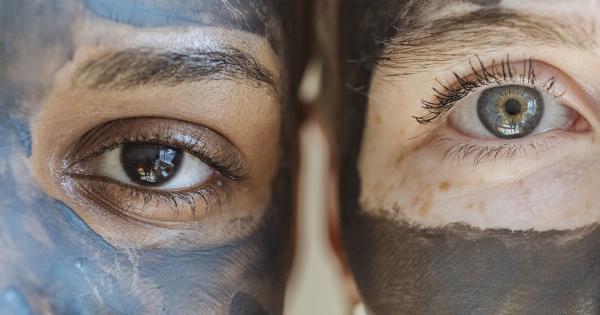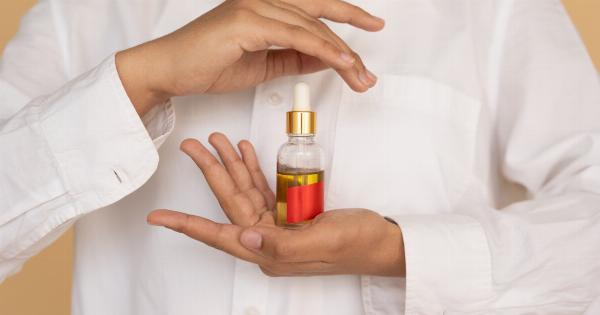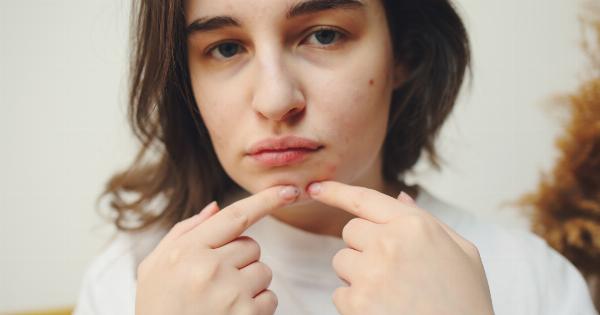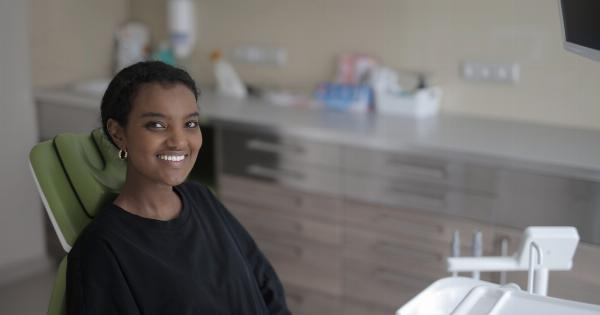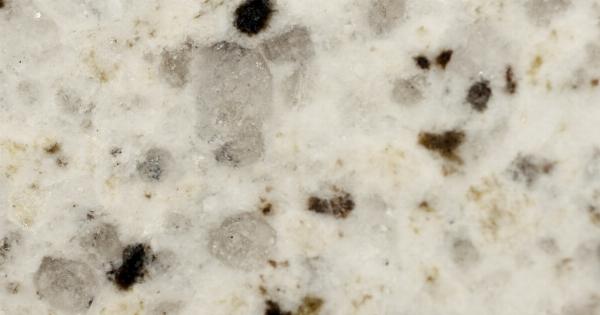Acne is a common skin condition that affects millions of people around the world. While it is most commonly associated with teenagers, adults can also suffer from acne and the resulting breakouts.
Pimples, spots, and other forms of acne can be frustrating and can have a significant impact on a person’s self-esteem. If you’re struggling with acne, a dermatologist may be able to help. In this article, we’ll explore what a dermatologist can do to help reduce pimples and spots on your skin.
What causes pimples and spots?
Before we dive into how a dermatologist can help reduce pimples and spots, it’s essential to understand what causes them in the first place. Pimples and spots are caused by an excess of oil production in the skin, which can block hair follicles.
When these follicles become blocked, they can become inflamed and infected. This inflammation and infection result in the formation of a pimple or spot on the skin.
While oil production is the primary cause of pimples and spots, there are other factors to consider:.
- Hormonal changes, particularly during puberty and menstruation
- Genetics
- Stress
- Poor diet
- Certain medications,
What can a dermatologist do to reduce pimples and spots?
A dermatologist is a medical professional who specializes in diagnosing and treating conditions of the skin, hair, and nails.
When it comes to pimples and spots, a dermatologist can offer several treatments to help reduce their appearance and prevent new breakouts from forming.
Prescribe topical creams and gels
One common approach to treating acne is to prescribe topical creams and gels that contain active ingredients such as benzoyl peroxide, salicylic acid, or retinoids.
These ingredients work by unclogging hair follicles and reducing inflammation and bacterial growth in the skin. Your dermatologist will recommend a topical treatment based on your skin type and the severity of your acne.
Oral medications
In some cases, a dermatologist may recommend oral medications to help reduce pimples and spots.
These medications may include antibiotics, which work by killing bacteria in the skin, or hormonal treatments, which can help balance hormone levels and reduce oil production. Your dermatologist will determine which medication is best for you based on your individual needs.
Chemical Peels
A Chemical Peel is a skin treatment that involves applying a chemical solution to the skin, resulting in the removal of the outer layer of dead skin cells.
Chemical peels are effective in treating acne, reducing scarring and hyperpigmentation caused by acne, and preventing future breakouts. Chemical peels can be mild, medium, or deep, depending on the specific needs of the patient.
Laser treatment
Laser treatment involves using a focused beam of light to target and destroy bacteria in the skin. This treatment is effective in reducing the appearance of pimples and spots and preventing future breakouts.
Laser treatment can also help reduce the appearance of acne scars and hyperpigmentation caused by acne.
Extraction
Extraction is a manual process that involves using a special tool to remove blackheads, whiteheads, and other forms of acne from the skin.
This process is typically performed by a dermatologist or an esthetician and is effective in reducing the appearance of acne.
Closing thoughts
If you’re struggling with pimples and spots on your skin, it’s essential to seek treatment from a dermatologist.
A dermatologist can help diagnose the cause of your acne and recommend the best course of treatment based on your individual needs. With the right treatment plan, you can reduce the appearance of pimples and spots and prevent new breakouts from forming.

